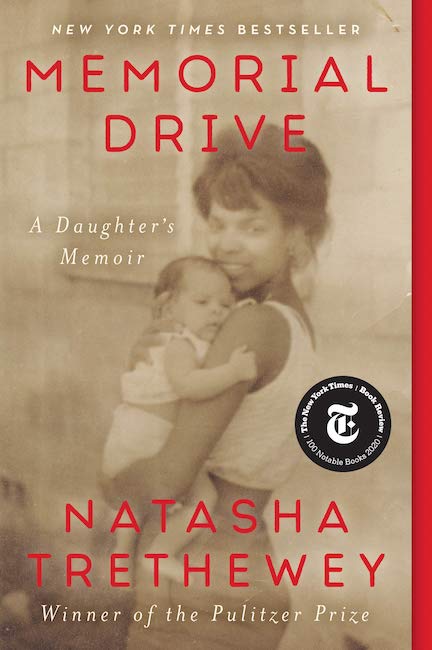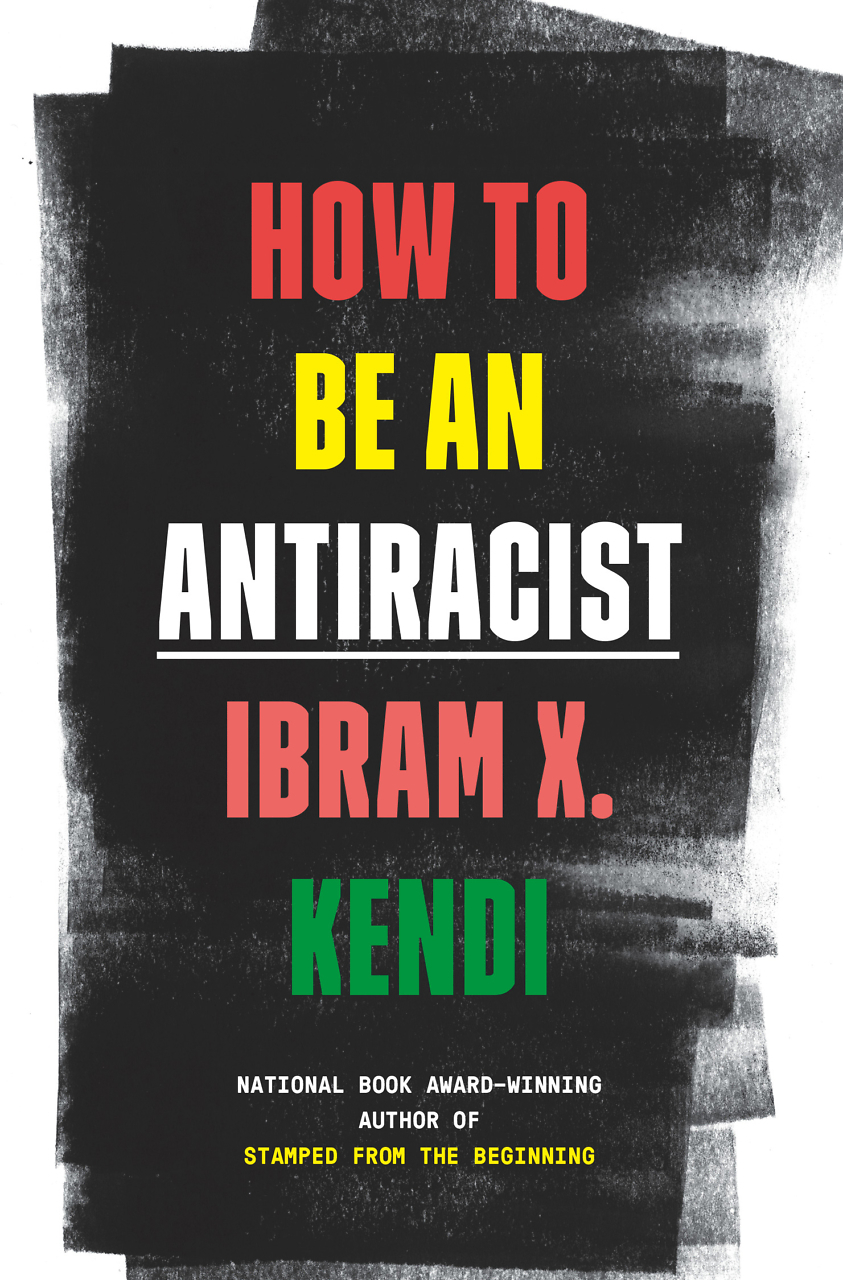Sing for Our Time, Too
In The Last Ballad, Wiley Cash explores the bloody history of Depression-era textile mills
Wiley Cash opens The Last Ballad with the image of a suffering Appalachian woman straight out of Walker Evans: “She placed her palms on her knees, watched her knuckles rise like knobby mountains, saw her veins roll beneath her skin like blue worms that had died but never withered away,” Cash writes. The woman, Ella May Wiggins, is sitting outside the office of her employer in a Depression-era textile mill in Gastonia, North Carolina, where she works backbreaking hours in unbearable conditions. She is about to be dressed down for missing a shift to tend to her ailing daughter.

It’s clear from the outset that The Last Ballad will be a story of conflict between labor and capital, drawn from the true history of the movement to organize workers in the mills of Western North Carolina and the South Carolina upstate. It’s a heartrending tale made poignant by its heroine, who is based on the real-life Ella May Wiggins, face of the 1929 Loray Mill Strike. Cash’s Ella May is a woman who quite literally finds her voice and discovers her own human dignity in a struggle that ultimately transformed the country and still resonates today. Change, of course, is always purchased with blood.
Since his acclaimed and bestselling debut novel, A Land More Kind Than Home, Wiley Cash has cultivated a reputation as a gifted heir to the likes of Ron Rash and Cormac McCarthy. In The Last Ballad, these influences are palpable—particularly that of Rash, the poet laureate of Appalachia. Perhaps Cash means to do for the history of North Carolina textile mills what Rash did so memorably with the timber industry in Serena. But it’s also impossible not to hear echoes of Steinbeck in Cash’s sprawling, multi-voiced account of a battered, hopeless woman who rises up to become the symbol of a movement. Indeed, in Cash’s rendering, Ella May Wiggins turns out to be a female Tom Joad with a much better singing voice.
Cash deepens the themes of the narrative by placing Ella May in a mill owned and operated by Jews, who, unlike other Southern mill owners, will employ African-Americans. Ella May lives among poor blacks in a settlement called Stumptown, a circumstance which seems to have cured her of the bigotry usually taken for granted in literary depictions of poor whites. In a desperate moment, she is recruited to attend a meeting called by Northern labor organizers, who are treated with suspicion and labeled Communists by most of the local residents, many of them mill workers themselves. Brought on stage to represent the plight of the mill laborer, Ella May breaks into song and finds herself suddenly the spokesperson of the movement.
 Ella may goes from struggling for pennies to feed her starving children to traveling around the South and beyond as a poster child of the cruelties of factory labor and the urgent necessity of reforms—change which can be achieved only through workers’ strikes and the formation of unions. Furthermore, she insists that her friends back in Stumptown be given the same fair treatment she demands for herself and other white laborers.
Ella may goes from struggling for pennies to feed her starving children to traveling around the South and beyond as a poster child of the cruelties of factory labor and the urgent necessity of reforms—change which can be achieved only through workers’ strikes and the formation of unions. Furthermore, she insists that her friends back in Stumptown be given the same fair treatment she demands for herself and other white laborers.
Ella May is the novel’s central character but far from its only voice. Cash toggles between timelines and perspectives—those of Ella May; a recovering-alcoholic shop clerk with a maimed arm who attempts to aid her, with disastrous results; and an African-American train porter drawn into the labor movement. Cash also peers through the eyes of a mill owner, his naïve but earnest daughter, and his embittered wife, whose compassion conflicts with her sense of loyalty. Most significantly, Cash draws in the contemporary voice of Ella May’s daughter, Lilly, writing as an elderly woman to her son about what she knows of the mother who risked everything to feed her.
Cash draws his characters patiently and delicately, but The Last Ballad is a story driven as much by its politics as its people. The conflicts are clear, and despite Cash’s efforts to humanize the privileged class through the mill owner’s wife and daughter, readers’ sympathies are unlikely to be divided: The Last Ballad is a social realist tale in the grand tradition. Its triumph comes in Cash’s sensitive depiction of the complex human struggle of the labor movement in a way that cannot be adequately delineated in history books. The political dimension of the novel also seems strikingly relevant to the present historical moment, as working class people continue to turn their backs on the Democratic Party which historically championed their cause. Ella May Wiggins, it seems, sings not only of the forgotten past, but for our time too.

Ed Tarkington’s debut novel, Only Love Can Break Your Heart, was published by Algonquin Books in January 2016. He lives in Nashville.


